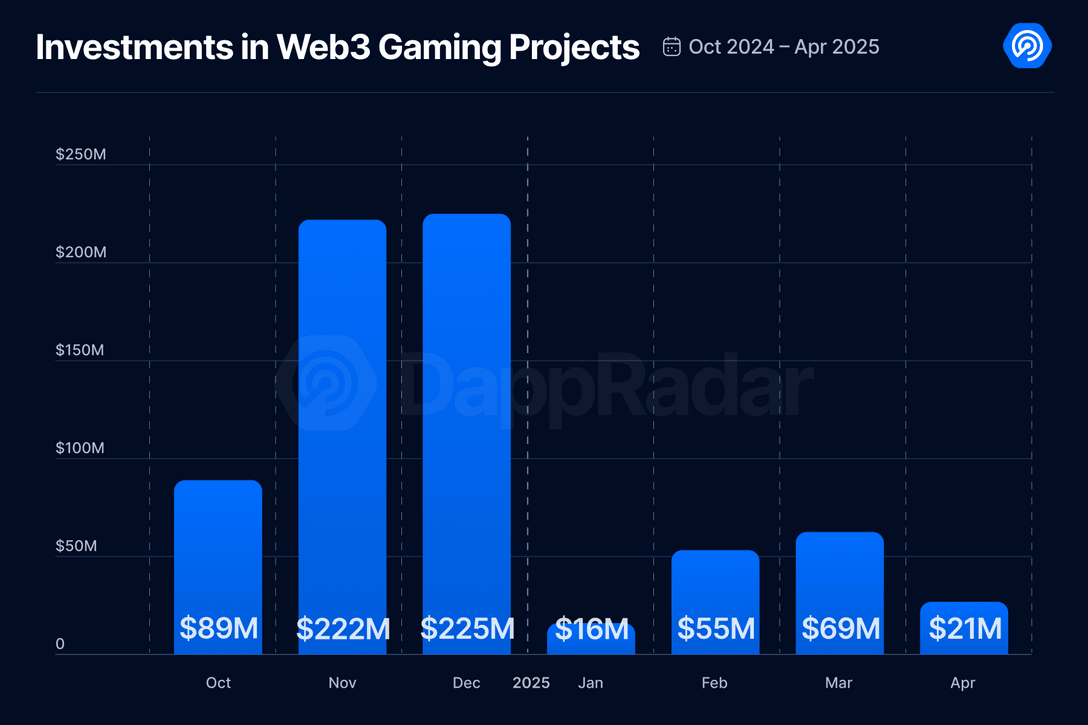Square Enix will still remain in the Web3 field, but this result shows that simply porting Non-Fungible Tokens to games is not enough. Sega's collaboration-driven strategy forms a sharp contrast with Square Enix's solo approach, highlighting a key experience: native Web3 experience is crucial.
In April, Ubisoft announced a partnership with Immutable. The two parties will jointly launch a collectible card game "Might & Magic franchise", bringing the "Might and Magic" series into the blockchain field. The game is planned to be launched by the end of this year.
Netmarble x Immutable
Netmarble released a major ecosystem announcement through its Web3 department MARBLEX. This Korean giant plans to launch 7 blockchain games on the Immutable platform by 2025, including "Tokyo Beast", a game that integrates esports with Non-Fungible Token mechanisms.
Immutable's zkEVM will support these games, and both parties seem confident that this collaboration can bring blockchain games to a broader audience. MARBLEX has also replaced its mascot "Goby" and adopted the slogan "Fun First", marking a deeper venture into Web3.
Ronin Opens to Third-Party Developers
Ronin, which was once a single-game chain for Axie Infinity, has now officially opened to third-party developers. April's achievements were remarkable:
- Avarik Saga, initially on Arbitrum, expanded to Ronin to benefit from lower fees and a game-first ecosystem
- Realms of Alurya abandoned the Treasure ecosystem and migrated to Ronin
- Community Gaming launched a prediction market dapp on Ronin (FORKAST)
As more games join, Ronin is transforming from an Axie-only chain to a broader ecosystem. However, this has also brought some troubles, as the developers of "Ragnarok: Monster World" moved their game to another chain and are suspected of breach of contract.
Arbitrum and Dedicated Chains
Through its Orbit program, Arbitrum is enabling custom game subnets. A notable example in April was Studio Chain - built in collaboration with Karrat and the Arbitrum Foundation.
The chain's flagship title is "My Pet Hooligan", a battle royale game with in-game asset trading volume exceeding $78 million. Currently, the game is comprehensively migrating its token (KARRAT) and gameplay to Studio Chain. This signals a broader trend: developers are turning to application-specific chains to customize game performance and in-game economics.
4. Investment Drops 69%, but "Smart" Capital Flows into Infrastructure
Investment activity in the blockchain gaming and metaverse fields almost stagnated in April, but there are still some cautiously optimistic reasons. The total funds raised this month were only $21 million, a 69% decrease from March. The macroeconomic situation is also unfavorable, with ongoing uncertainty affecting investor sentiment.

However, despite the low overall numbers, previously announced ecosystem funds have begun to yield results. The most prominent is Arbitrum's $200 million ARB gaming fund, which has been renamed Arbitrum Gaming Ventures and announced its first investments in early May after completing backend work in April.
The first $10 million was allocated to five projects:
- Wildcard: A Web2 card game from Steam, now transitioning to Arbitrum;
- Proof of Play: Blockchain services provided by Pirate Nation developers;
- XAI Network: One of the leading Layer-3 game chains, built on Arbitrum;
- Hyve Labs: Multi-platform game publishing platform;
- T-Rex: Game application chain;
Arbitrum did not invest in entirely new independent teams but instead bet on mature studios and experienced founders to ensure ecosystem growth.
Notably, as of now, 66% of all funds in 2025 have been used for infrastructure construction. This shows that as traditional game companies continue to enter and with significant ecosystem investments, long-term confidence in Web3 games has not weakened but become more mature.
Investors now focus more on sustainable models, player engagement, and actual retention rates, rather than just token speculation. This indicates that the market is clearly in a reset mode. Funding is harder to obtain, but this may not be a bad thing. Some weaker projects are being eliminated, and funds are flowing to developers laying the foundation for the next generation of blockchain games.
5. May Outlook
May will bring major updates, Alpha test versions, and content updates that could shake the Web3 gaming field.
MapleStory N
Nexon's "MapleStory N" will officially launch on May 15, built on Avalanche's "Henesys" subnet. As a blockchain game from a famous traditional IP, early data shows strong performance:
- 100,000 wallet registrations during the test period
- Over 31.5 million transactions processed
Treeverse
Treeverse's first season reward activities are ongoing, including daily tasks, leaderboards, and in-game/Non-Fungible Token rewards.
Gigaverse
Gigaverse launched two features aimed at improving player retention and growth.
Illuvium
In May, Illuvium: Zero may be officially released. The ILV token is performing strongly, and the team is pushing towards the official launch, with more news likely to be announced soon.
6. Summary
April was not a record-breaking month for blockchain games, but that's okay. The speculative fever is cooling down, but developers haven't stopped. Games continue to be launched. Ecosystems are continuously expanding, and infrastructure is becoming more mature.
The decline in user activity (dUAW down 10%) and lower investment amounts (only $21 million raised) reflect the current market's risk appetite. However, at the same time, we've witnessed the first deployment of Arbitrum's $200 million fund, new studios joining Immutable, and Ronin opening to external developers. This is not explosive growth, but foundational work.
Large publishers are still emerging, but those truly making progress are publishers collaborating with native Web3 teams. Moreover, priorities have clearly shifted from unsustainable token models to gameplay, interoperability, and actual user retention.








